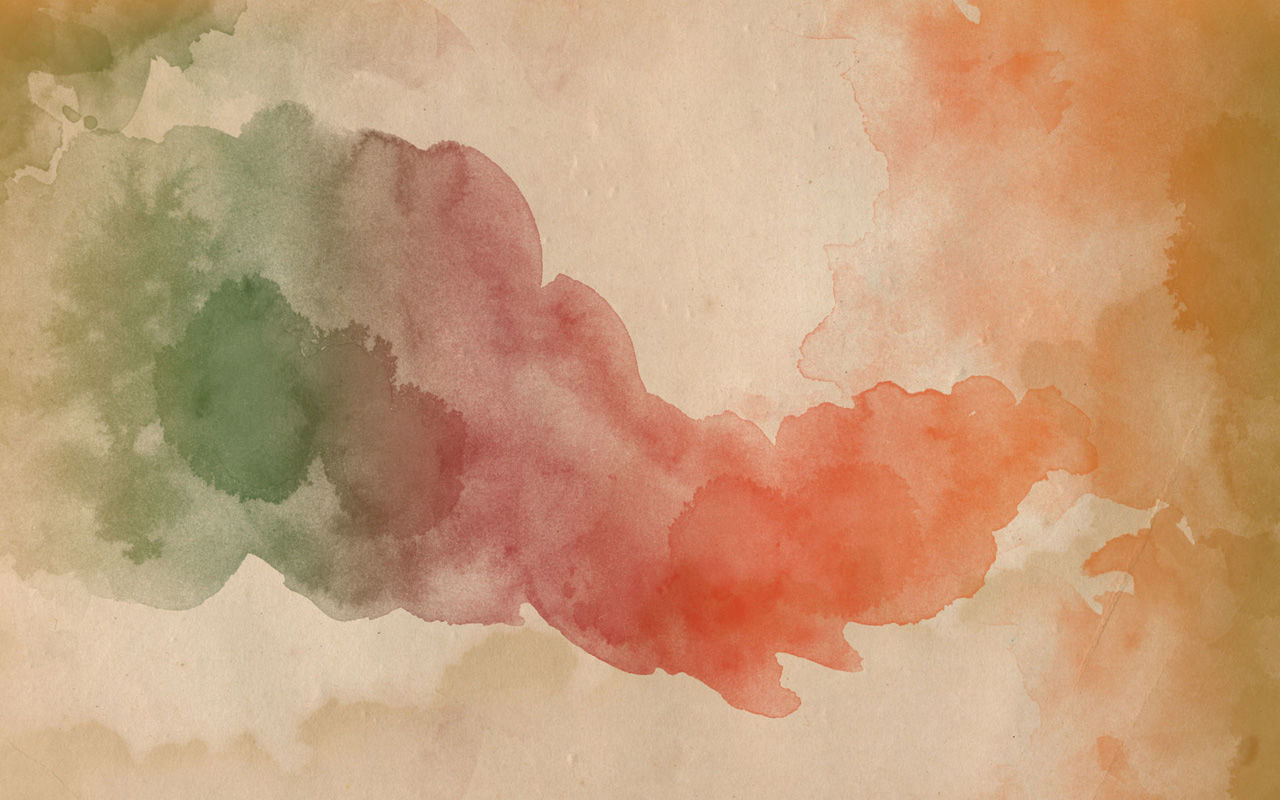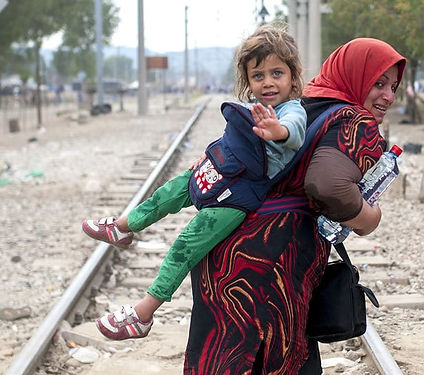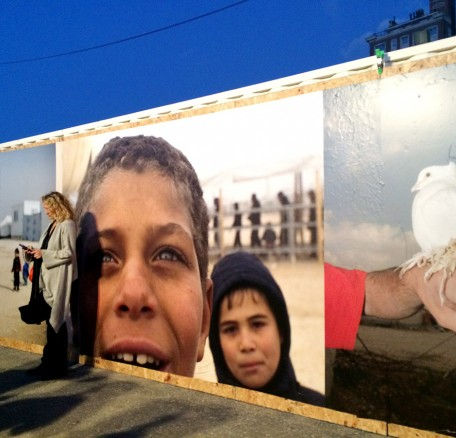
When the context behind photographs are ignored or forgotten, photographs can be used to support any argument or viewpoint, regardless if the visual image is actually supporting the idea. For example, without the actual context of the image above, someone could use the photo to support their blog post on how refugees are secretly infiltrating the United States by illegally sailing over the ocean. This untrue statement, seemingly supported by a real photograph, could be given false importance and significance; this would further contribute to negative and false representations of refugees as trying to 'illegally' enter other countries to live off of other people's hard work.
Representations are a necessary part of life in the world of technology, information, and news circulation. It is impossible to avoid representations - however, it is not impossible to avoid mis-representations. A key way to avoid mis-representations is to stop generalizing large groups of people; it is important to remember that although it might appear that everyone belonging to the same group has the same feelings or emotions, that is not true. For example, some refugees might look forward to settling in a new country and starting a new life, while others desire to return to their home country as soon as possible.
Self-Representations
(Mis)Representations of Suffering and Vulnerable Populations
Vulnerable populations and their suffering are often visually represented by news outlets, media companies, and online websites in stereotypical ways that tend to support a particular political agenda of the media or news source presenting that visual image.
Typical representations (which are usually mis-representations) of vulnerable populations in today's modern world cast refugees and/or displaced people as: masses fleeing poverty, masses of bodies, powerless and needy victims who desire Western aid, or de-humanized rapists and foreigners who want to illegally enter other countries and live off other people's tax dollars.
These representations obviously do not apply to all refugees, displaced people, or other vulnerable populations. It is entirely possible that those labels do apply to some refugees or some displaced people, since people are unique. There are refugees who are commit crimes, just as there are American citizens who commit crimes. However, it is completely false to generalize a entire group of people as all having the same motivations or goals.
The visual image below is an example of the representation of refugees as a mass of bodies. Without providing context for the image (such as which individuals are exactly in this boat, the ultimate destination of the boat, the sociopolitical-economic reasons that people are on this boat, the violent conflict that might have led to people getting on this boat, when this picture was taken, who took this picture, why was this picture taken), it is impossible to fully understand and analyze this visual image.
Typically, common representations of vulnerable groups such as refugees, either humanize refugees to render them powerless and needy, or de-humanize refugees to make it difficult for audiences to identify with them. There are also common symbols in representations, like the visual image of a mother and child. A mother and child visual is used heavily by humanitarian organizations or publications attempting to create sympathy for the population by showing this ahistorical, apolitical symbol which can be thought of as the essence of humanity.
Representations are also influenced by gender; women are usually cast as being passive and powerless, which is why visual images of women are used when increased sympathy is desired. Children are also frequently used by humanitarian organizations seeking aid for this same reason. In contrast, refugee men are not typically prominently displayed by organizations supporting refugees or seeking aid.
Above: A Syrian child at the Hungarian border after a clash with riot police. Image by AFP/Getty Images.
Gender & Representations
Below are the front pages of 'CARE,' a humanitarian organization whose work is to "deliver lasting change" by cutting "poverty off at its roots." The website presents itself as a tool to help all of those around the globe in poverty; a map on the front page reveals this organization focuses on African countries, countries in the Middle East and Southeast Asian countries. However, the visual images on the front page are all women and children; this lack of men indicates that CARE as an organization, whose goal is alleviate poverty by soliciting donations, might believe that women and children are more likely to encourage donations. This belief may stems from common representations of African or Middle East men as being violent or overtly religious.
Above: Rescue from Bergmini ship of Italian Navy in Mediterranean Sea, Italy on June 7, 2014. Image by Massimo Sestina
Visual images have real power that is crucial to acknowledge; Terence Wright, an academic scholar, argues that visual images are constructed embodiments of "ecological knowledge," where the production of knowledge about a group is ongoing, cumulative and when into the fabric of a sociocultural world. This production of knowledge about a group is significant to how this group is then represented.
Representations are important for a variety of reasons: they alter the way the world views individuals and entire populations, which can influence cultures of hospitality. Representations can have political effects, in terms of people creating hate groups or public polices focused on certain populations. Overwhelmingly negative representations also affect the one being represented; Zygmunt Bauman, a Polish sociologist, argues that feeling stigmatized can lead to one feeling humiliation and shame, anger and vengeance, and as if the ones doing the representing are not human.


Above: Mother and child cross the border between Greece and Macedonia near the town of Gevgelija. Image by AFP/Getty Images.
Below: A mother holds her baby at Vienna's Westbahnhof train station in Vienna, Austria. Image by Getty Images.
Self-representations are crucial to providing better understandings of the actual needs, desires, and goals of vulnerable populations. Self-representations usually avoid generalization of all members of the population since it is usually an individual speaking for/representing themselves, close family and friends, or a local community. However, even self-representations that are directed, produced and circulated by outside sources are not always entirely 'self'-representations, as it is likely that many people had input on the words, ideas, or actions of the subject being represented. Yet, this interference is often unavoidable in order for the self-representation of the subject become widely circulated and seen by an outside audience.
An example of partially self-representation in visual images was done by the photojournalism collective NOOR at the Za'atari refugee camp in Jordan. NOOR photographers were available to take portraits of refugees with an item or person they cherished, pictured right.
Yet, photographs and other forms of 'old technology' are often insufficient for effectively creating an empathic connection between the viewer and the subject. Instead, 'new technology' like virtual reality and 360 degrees video are able to better overcome problems of moral fatigue and create a stronger sense of empathy.



Above: Images from NOOR group photography project in Za'atari refugee camp on display in New York City at PHOTOVILLE. Images by Alixandra Fazing, Andrea Bruce, Stanley Greene, and Nina Berman.
Below: A refugee boy wrapped in a blanket, which he chose as his object he cherished. Image by Andrea Bruce/NOOR.

In 360 degrees films like Clouds Over Sidra and The Displaced, the main focus in on the individual: Sidra and Oleg, Chuol, and Hana, respectively.
These films offer mostly self-representations, as the children talk directly the camera and seem to be speaking candidly and honestly. Although it can be assumed that there was outside interference on the final product, these films ultimately offer representations of vulnerable populations (refugees and displaced people) that avoid generalization, essentialization, and dehumanization. The children in these films do not attempt to speak for all refugees, and instead focus on their own stories.

